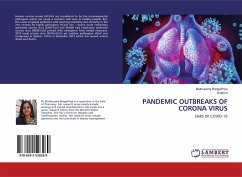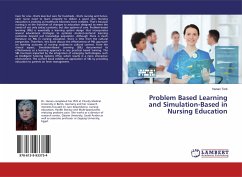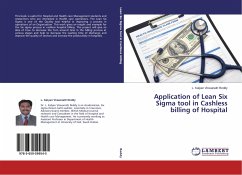Influenza is a contagious infectious disease and every year approximately 5%-15% of the world's population is infected. An influenza pandemic occurs when approximately 20%-40% of people are infected worldwide. In the last century, three major pandemics were observed which killed millions of people. In 2009, a novel human to human transmissible influenza A (H1N1) virus caused the first influenza pandemic of the century, killing thousands of people worldwide. Since influenza viruses can reassort and mutate, there will always be a chance of emergence and re-emergence of novel human to human transmissible viruses that may cause future influenza pandemics resulting significant morbidity and mortality. The adverse impact of future influenza pandemics may be minimized through suitable use of intervention strategies. However, the effectiveness and cost-effectiveness of these strategies cannot be evaluated through real-world experiments prior to an actual pandemic. Modelling and simulation may partially overcome this problem.








